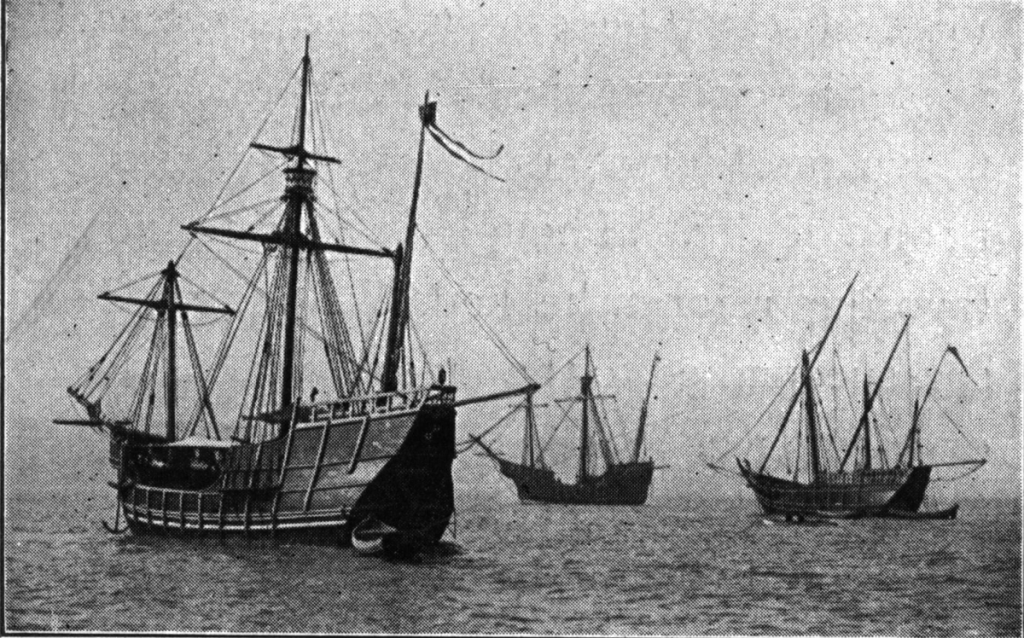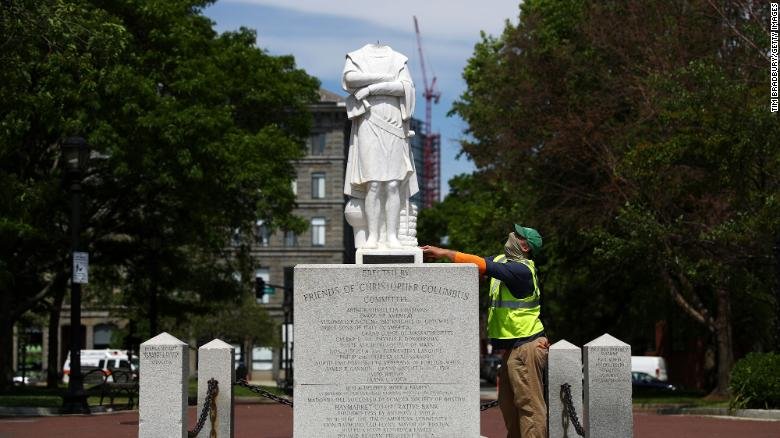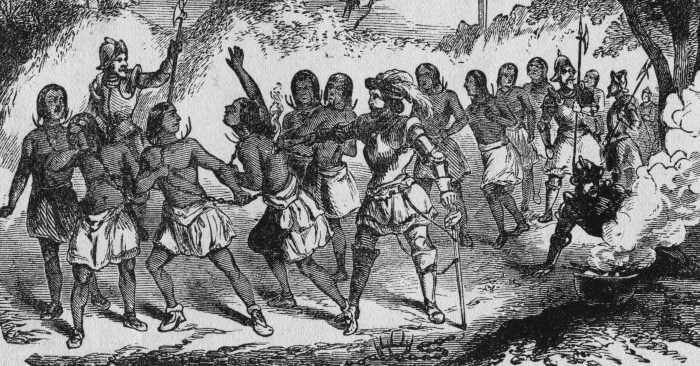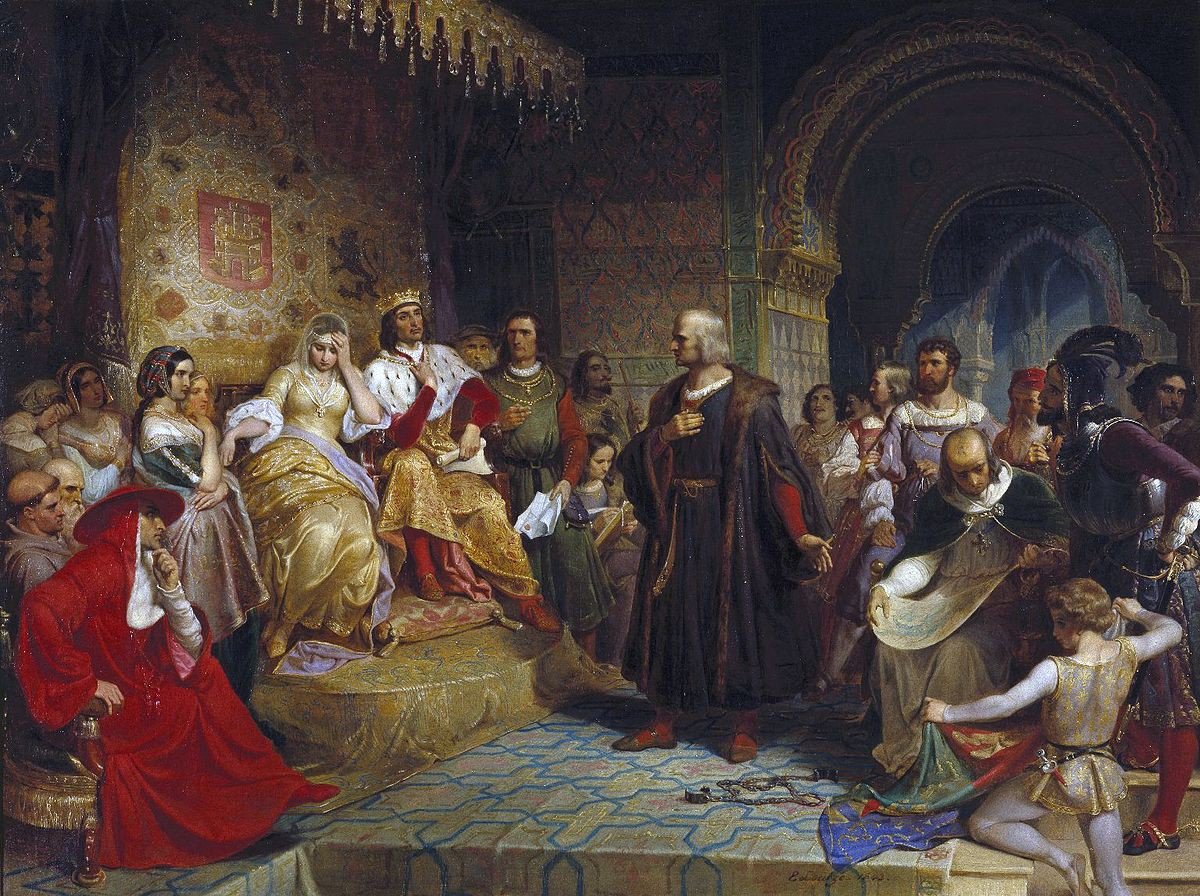“Christopher Columbus cruised the blue Ocean in 1492.”
The above narration has been how Christopher Columbus was presented to American primary school students school for a long time.
Children are being taught that Christopher Columbus is one who explored the Americas, sailing in the three ships around the Atlantic: The Niña, Pinta, and Santa Maria. Throughout a federal vacation named over him, the Italian adventurer is also celebrated each October.

But really the man praised by exploring its “New World” has historically been thought a controversial and wierd figure in United States history with his oppression of the native groups he met and for his involvement at their cost in brutal colonization.
Large numbers of states and municipalities — such as Minnesota, Alaska, Vermont and Oregon — already have substituted Indigenous People’s day by Christopher Columbus Day.
Today, people have been pulling down Christopher Columbus monuments in reaction to the national demonstrations and discourse around racial injustice to spread awareness of the violence he brought among indigenous peoples.
“We should ask why we as Americans keep celebrating him without understanding the exact background of his legacy, or why a vacation was first created,” Dr. Leo Killsback, a Northern Cheyenne Nation citizen and associate professor of American Indian Research at Arizona State University, reportedly Told in 2016.
Christopher Columbus was not the first founding father of the Americans

There really is no denying that Christopher Columbus’ journeys had “unnecessary historical effects, sparking the massive achievement of Atlantic discovery, trade and ultimately European colonization,” according to scholar David M. Perry, who authored an op-ed regarding Columbus Day in 2015.
But it was not Columbus who first found a New World. The indigenous people have already lived there for centuries when he appeared in 1492 and five generations back Leif Eriksson and the Vikings surpass him to that either.
Columbus enslaved indigenous Americans

During his journeys via the Caribbean islands and the coasts of Central and South America, Christopher Columbus came to indigenous people whom he classified “Indians.”
According to some namely platforms, Christopher Columbus and his soldiers persecuted many of those indigenous people and handled them with intense violence and terror.
Through most of his years as in the Americas, Christopher Columbus forced indigenous people to work for income. He later sent hundreds and hundreds of Taino “Indians” to Spain for sale, many of whom dropped dead during the voyage. The indigenous people who weren’t sold as slaves were impelled in mines to gaze for gold and plantation work.
Even when he was president of what is today the Dominican Republic, as per namely platforms, Columbus murdered several indigenous people in response to their rebellion. He would then make the murdered bodies toted it through streets, to avoid a further uprising.
He brought new diseases
The Americas’ native civilizations “were demolished by toxicity to illnesses of the Old World, decaying underneath the weight of the pandemic,” Perry published in his CNN op-ed.
The Taino community wasn’t resistant to smallpox, measles, and influenza that Christopher Columbus and his warriors carried to their Hispaniola island. In 1492, Hispaniola had a guesstimated 250,000 native people however by 1517, but per the Oklahoma Medical Research Foundation, only 14,000 existed.
Many scholars suggest that the effects of European and African immigrants in the New World could have destroyed quite enough as 90 percent of the indigenous people and was more devastating than that of the Black Death across medieval Europe, OMRF stated.
Articles from MyViralBox’ contributors and guest bloggers.









